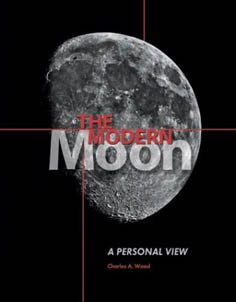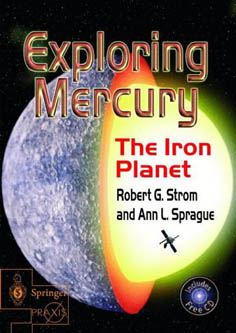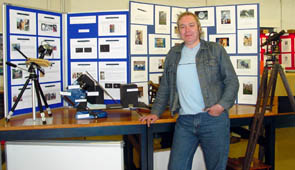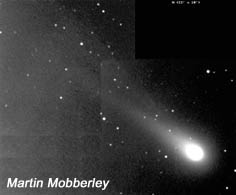 The Journal of the British Astronomical Association
The Journal of the British Astronomical Association
Volume 114, No.2: 2004 April
Contents
On this page: Notes and News / Articles / Observers' Forum / Reviews / Letters / Meetings / BAA Update


On the cover: Rosetta is on its way
The European Space Agency's comet orbiter Rosetta was successfully launched on 2004 March 2 by an Ariane 5G launch vehicle from Kourou, French Guiana. Following a ten-year journey through the solar system, Rosetta will go into orbit around Comet 67P/Churyumov-Gerasimenko in early 2014, and release a lander onto the comet's surface. The orbiter and lander each carry a large complement of scientific experiments designed to complete the most detailed study of a comet ever attempted. Background: An artist's impression of the Rosetta lander as it prepares to touch down on the active cometary nucleus. Images: ESA
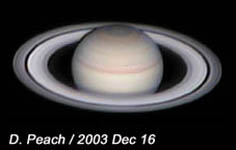
 Notes and News
Notes and News
From the President (Tom Boles) / 'Lukewarm' government response to Parliamentary Select Committee report (Bob Mizon, Campaign for Dark Skies) / Mars in 2003: Final interim report (Richard McKim) / Solar Section (Geoff Elston) / Saturn, 2003-'04 apparition: First interim report (David Graham & Damian Peach) / Aurora Section (R. J. Livesey)
Solar viewers for the transit of Venus
An 'off the shelf' plastic runoff shed observatory ... Martin Mobberley
After twenty-three years of building and using runoff sheds, experience had taught me that the new shed must be as small, rigid and lightweight as possible, and the travel up and down the rails must be flawless. A durable, lightweight, runoff shed observatory, constructed using a hardware store garden shed, and housing a robotic Schmidt-Cassegrain telescope, is described. (5pp)Main articles
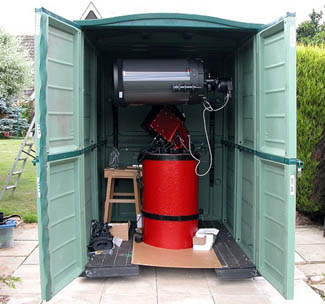
![]()
 The Jupiter Section programme in the new century ... John H. Rogers
The Jupiter Section programme in the new century ... John H. Rogers
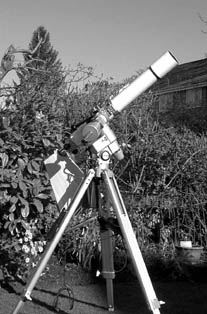
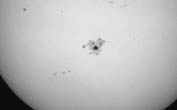
 Solar photography with a small telescope ... Lee Macdonald
Solar photography with a small telescope ... Lee Macdonald
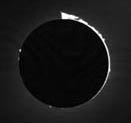 The Sun is one of the most fascinating targets in the sky for the amateur astronomer and also one of the easiest objects to observe. It is intensively monitored night and day by professional astronomers, so the amateur is very unlikely to make a major discovery on the Sun, as is possible in other fields, such as supernova hunting. But the amateur solar photographer can still make him or herself useful and have a great deal of fun recording the ever-changing panorama of sunspots and other solar features.
The Sun is one of the most fascinating targets in the sky for the amateur astronomer and also one of the easiest objects to observe. It is intensively monitored night and day by professional astronomers, so the amateur is very unlikely to make a major discovery on the Sun, as is possible in other fields, such as supernova hunting. But the amateur solar photographer can still make him or herself useful and have a great deal of fun recording the ever-changing panorama of sunspots and other solar features.
(Copies of any of these articles may be ordered from the BAA office.)

